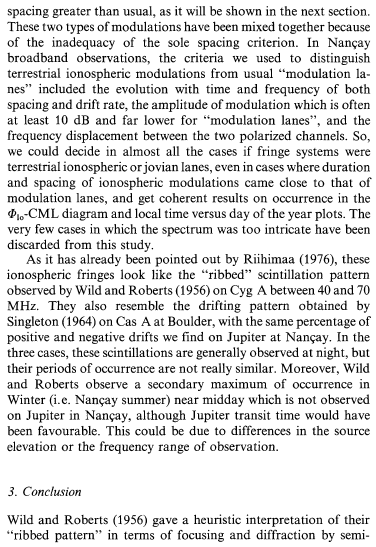Station PIE1 is located next to the Pie Town Very Long Baseline Interferometry antenna. It is operated by NASA Jet Propulsion Laboratory:
http://www.jpl.nasa.gov/index.cfm
It is important to monitor the ionospheric conditions above the Jansky Very Large Array and the Long Wavelength Array.
NOAA National Geodetic Survey CORS pages:
http://geodesy.noaa.gov/CORS/PIE1
Coordinates:
ftp://www.ngs.noaa.gov/cors/coord/coord_08/pie1_08.coord.txt
Related posts:
http://herrero-radio-astronomy.blogspot.com/search/label/VLA
http://herrero-radio-astronomy.blogspot.com/search/label/NRAO%20VLBA
http://herrero-radio-astronomy.blogspot.com/search/label/Long%20Wavelength%20Array
http://herrero-radio-astronomy.blogspot.com/search/label/Ionospheric%20Modulations
http://www.jpl.nasa.gov/index.cfm
It is important to monitor the ionospheric conditions above the Jansky Very Large Array and the Long Wavelength Array.
NOAA National Geodetic Survey CORS pages:
http://geodesy.noaa.gov/CORS/PIE1
Coordinates:
ftp://www.ngs.noaa.gov/cors/coord/coord_08/pie1_08.coord.txt
Related posts:
http://herrero-radio-astronomy.blogspot.com/search/label/VLA
http://herrero-radio-astronomy.blogspot.com/search/label/NRAO%20VLBA
http://herrero-radio-astronomy.blogspot.com/search/label/Long%20Wavelength%20Array
http://herrero-radio-astronomy.blogspot.com/search/label/Ionospheric%20Modulations
























































